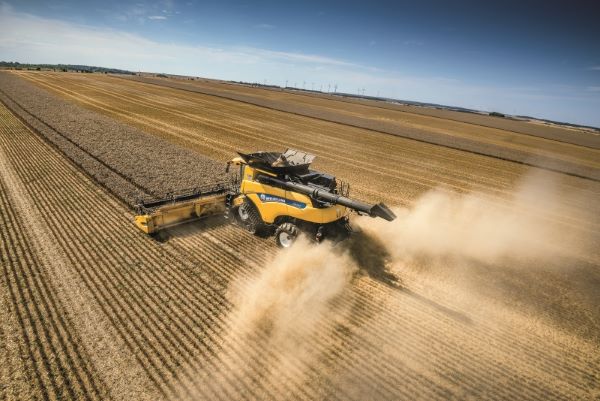Between 1990 and 2022, the population of North Africa increased considerably, reaching 240 million inhabitants. The demographic boom strongly raises the issue of food security in the region. In this scenario, agricultural machinery is crucial for the enhancement of North Africa’s agricultural potential. Cooperation with Italian industry is strategic for fostering mechanisation processes in the area.
In the last 30 years, the population of the African continent has more than doubled from 628 million in 1990 to over 1.4 billion in 2023. UN projections indicate that growth should continue at a sustained pace in the medium and long term, reaching the 2.5 billion mark in 2050. This phenomenon has also affected the North African region, which has seen its inhabitants grow from 140 million to 260 million. The continent’s strong demographic increase forcefully raises the issue of food security for agricultural systems that are often characterised by low productivity, inadequate levels of technology, and scarcity of arable farmland. These issues, of great importance for the economic and political systems of the entire Mediterranean basin, were addressed at the conference entitled “Agriculture in North Africa: characteristics, potential and technological needs”, held on the second day of Agrilevante. The meeting was attended by the President of FederUnacoma Mariateresa Maschio, Ciheam official Mara Semeraro and the editorial director of Internationalia Gianfranco Belgrano, who presented a study specially produced by the magazine Africa e Affari in the setting of the Bari event.
A fundamental condition for the growth of North Africa’s agricultural economies, it was explained during the meeting, is the spread of the latest technologies and mechanical means. Innovative machinery is capable not only of increasing yields and production standards, improving the competitiveness of local production and enhancing soil fertility, but also of mitigating the consequences of climate change that is affecting the development of vast areas of the continent. “In this perspective, it is essential to increase knowledge of the agricultural realities,” Mariateresa Maschio said at the opening of the conference, “to analyse the limits and potential of the primary sector in the various countries, to plan mechanisation appropriate to the different realities, and finally to learn about cooperation and development programmes also in terms of education and professional training”. “An analytical and multidisciplinary approach is necessary,” concluded the President of FederUnacoma, “indicating an integrated working method”.
Cooperation between Italy and North African countries is called upon to play a strategic role precisely in the field of agricultural mechanisation. After all, as the director of Internationalia pointed out, Italian industry already meets a significant share of the machinery needs in the region: in 2022 alone, Made in Italy guaranteed 10% of the demand for technology in Egypt, 27.5% in Tunisia and 26% in Morocco. “The partnership between the northern and southern Mediterranean countries is one of the key elements to unlock their production potential,” said Gianfranco Belgrano, “and on mechanisation processes, Italy has a lot to offer thanks to an industry that is characterised by high international standards.
It is a path that still has its complexities, but it is a path that is possible and necessary for the enhancement of the agricultural economies of North Africa”.
In order to fully exploit the potential of the latest generation of agricultural technologies and cultivation practices, which are characterised by increasingly complex and integrated functionalities, it is necessary to provide specific training courses, aimed in particular at young people. “Among the missions of the CIHEAM in Bari, since its establishment in 1962, ample space has been dedicated to training. Its programmes,” said Mara Semeraro, “have a high social impact, in terms of professional growth and knowledge production”. “The training programmes of the CIHEAM of Bari are also delivered within the framework of cooperation projects, organised around the real needs of local communities, in order to improve people’s working and living conditions. Examples of this vast activity,” concluded Semeraro, “are the Samsimifa project and the Syria programme, financed by the Italian Cooperation and implemented by the CIHEAM of Bari”.








